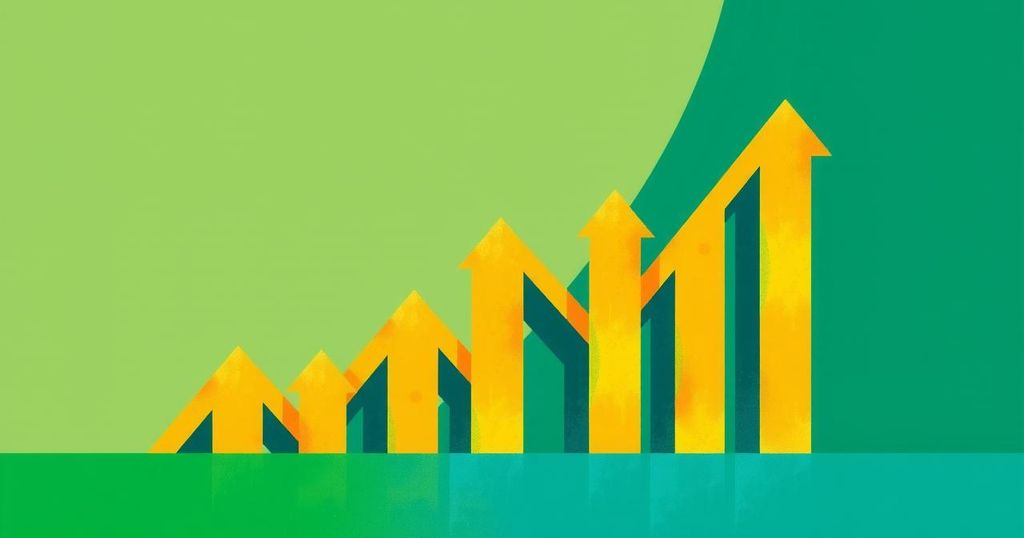Brazil’s outstanding credit was stable in January but grew 11.7% annually, reaching 6.462 trillion reais. Default rates for non-earmarked credit rose to 4.4%, and lending spreads increased. High borrowing costs have not deterred credit demand, although policymakers are concerned about rising debts and caution in credit expansion.
Brazil’s outstanding credit stock remained stable in January compared to December, according to data released by the central bank. However, on an annual basis, the credit has expanded by 11.7%, up from the previous year’s figure of 11.5% in December. This surge has taken the total loans to 6.462 trillion reais, equivalent to $1.11 trillion, indicating a resilient borrowing environment despite substantial borrowing costs.
In terms of credit risk, the default rates for both consumers and businesses in non-earmarked credit increased to 4.4%, up from 4.1% in the prior month. Additionally, lending spreads within this category widened, increasing by 1.1 percentage points to reach 28.2 percentage points. Such trends suggest a growing risk profile amidst a competitive lending landscape.
The persistence of strong credit demand has been notable, especially following a tightening of monetary policy initiated in September. The country’s benchmark interest rate has risen to 13.25%, with indications of a potential further increase of 100 basis points anticipated next week. This environment of high interest rates has not dampened consumer and business borrowing, which continues to support consumption and inflationary pressures.
Policymakers, in their Financial Stability Committee’s minutes from late February, expressed concerns regarding credit expansion amid rising household and corporate debts. They emphasized the necessity for vigilance and careful monitoring to mitigate potential risks arising from the continued growth in credit despite the prevailing high borrowing costs.
In conclusion, Brazil’s credit market exhibited stability in January while experiencing notable annual growth. The increase in total loans indicates robust demand despite high borrowing costs. However, rising default rates and lending spreads signal potential risks that require careful attention from policymakers as they navigate the complexities of credit expansion and its implications for inflation and financial stability.
Original Source: www.tradingview.com




